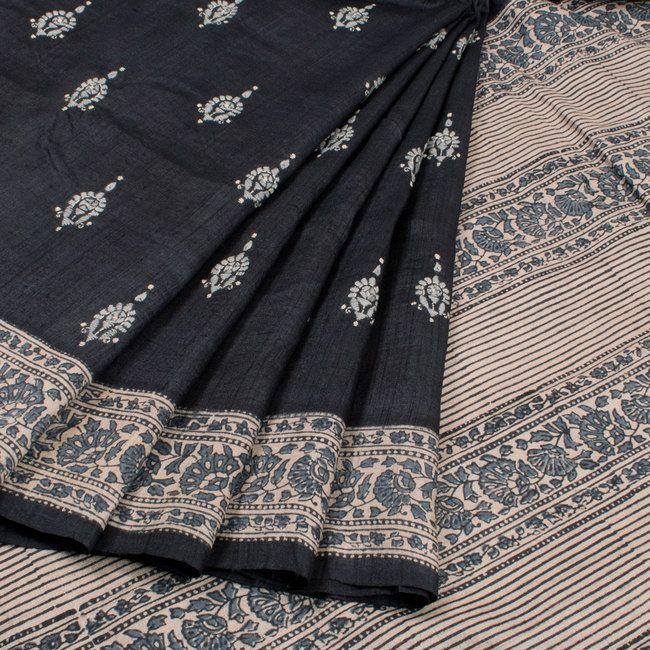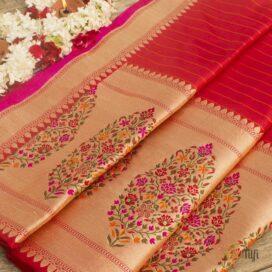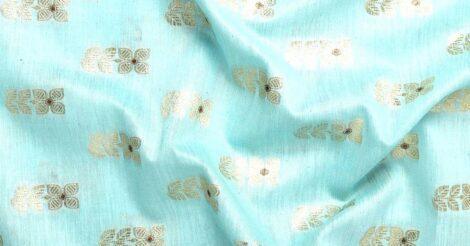- You have no items in your shopping cart
- Subtotal: ₹ 0

How to Identify a Banarasi Saree?
Increasing scams can make it hard to spot an original Banarasi saree from fakes. However, a major indicator that can help you choose an authentic one is the heavy thread work on the reverse side of the saree. Keep in mind that this, too, can be manipulated by crafty men. Therefore, a sure indicator of an original is the Geographical Indication (GI) tag found on them, meant to protect the artisans and buyers.
How to Care for your Banarasi Saree
Your Banarasi silk saree needs a lot of maintenance on your part. Here are some tips to help you with the same:
● Leaving your Banarasi saree hanging on a hanger for a long time is a bad idea. They can crease permanently, and you do not want that.
● Storing your Banarasi in a muslin cloth is a great idea, it can protect the saree from moisture while allowing air in.
● Your saree would love some cozy dark corner (prevents discoloration) in your cupboard after you have wrapped muslin cloth around.
● When ironing your Banarasi cotton saree (or silk), make sure your heat settings are on low. Better yet, go for steam ironing.
● Keep water and perfume away from your Saree, for it will stain quickly. Make sure you don’t sprinkle water when ironing your saree. It is always better to consult a professional than trying to iron at home to reduce staining risk.
Although some historians relate Banarasi silk to the described clothing of gods in many Puranas, this type of saree came into existence or instead received a boost in popularity during the reign of the Mughal emperor Akbar. Such was his fondness for the fabric that he did not limit its use to clothing and adorned his palace with Banarasi silk, be it carpets or curtains. His love for the silk inspired many Muslim weavers to start weaving in Banaras after finding the city suitable for their weaving culture. Therefore, most of the motifs in a Banarasi saree can be found to be Mughal inspired. Intricate intertwining floral and foliate motifs, kalga and bel, a string of leaves called the jhallar on the border is a characteristic of Banarasi sarees, making them stand out among the crowd of sarees.




